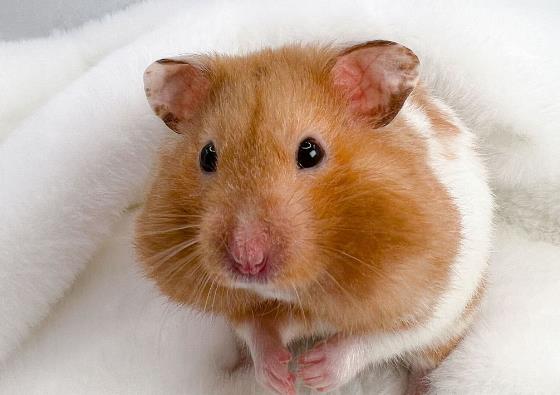After being bitten by a hamster, first of all, you need to immediately rinse the wound with plenty of soapy water or other clean water to reduce the invasion of germs. After rinsing, use iodophor or other disinfectants to disinfect the wound to prevent infection. If the wound is deep or there is bleeding, it is recommended to use medical cotton swabs for debridement and wrap the wound with gauze.

Depending on the severity of the wound, it may be necessary to go to the hospital for treatment. If the wound is more serious, accompanied by active bleeding, swelling and pain, it is recommended to seek medical treatment as soon as possible for debridement, suture, and injection of tetanus and rabies vaccines. For shallower wounds, you can disinfect them with iodine swabs, and then apply alcohol or iodine gauze externally. In most cases, the wound will heal within 2 to 3 days.
Regarding whether it is necessary to get the rabies vaccine, current international guidelines suggest that it is not necessary to get the rabies vaccine after being bitten by a hamster. Although hamsters, as mammals, could theoretically transmit rabies, there is currently no report showing that hamsters have transmitted rabies. Therefore, generally speaking, it is not necessary to get the rabies vaccine, but the wound should be thoroughly rinsed and disinfected to prevent bacterial infections.
